Last year, researchers at the University of Vermont found that, during the pandemic, people reported significant increases in outdoor activities, including watching wildlife, gardening, relaxing, and walking. 54% of survey respondents reported taking photos or creating other art in nature, and 29% said they spent more time outdoors to appreciate nature’s beauty.
A recent survey from Tripadvisor provides further insight into our evolving relationship with the outdoors, finding that over half of consumers say they are more likely to take an outdoor or nature trip than they were before COVID. Landscape photography has always been a timeless genre, but perhaps now more than ever, the field has taken on new value and relevance.
For commercial photographers, great landscapes have the potential to sell again and again, making them evergreen subjects for your Licensing portfolio. In 2018, as consciousness around sustainability grew, “nature” became the number one global search term on Getty Images for the first time in their history. During the pandemic of 2020, the Getty Images Creative Insights team noticed that travel companies quickly pivoted to using photos of uncrowded scenic locations and landscapes in their campaigns.
In a niche as popular as landscape photography, it’s important to stand out from the crowd, especially when shooting commercial content intended for advertising purposes. Here are our top tips for making your landscapes more marketable to image buyers and upgrading your portfolio in the process.
Tip #1: Find the perfect vantage point
Scouting your location, either in person or via Google Earth, is essential for finding the perfect vantage point. It can also help to research existing photos of the landscape to see what’s missing or what you could do better. If you know a local spot or lookout that few people have access to, take advantage of it. During trips, you can also ask locals for their inside tips.
Instead of setting up your tripod in the first spot you find, walk around and try a few different angles to see what works best. Go beyond the typical tourist vantage points to discover an unconventional perspective. The better you know the landscape, the higher your chances of creating something special. Return to the same place multiple times if you can, and keep exploring. Of course, to protect the environment, remember to stick to the designated trails and follow any site-specific guidelines.
Tip #2: Create depth
When composing your shot, look for layers to create depth. Sublime landscapes often have elements in the middle-ground, foreground, and background, extending into the horizon. Remember to look for leading lines and potential subjects to guide the eye—whether it’s clouds, trees, crashing waves, rolling dunes, or something else. Even a pretty branch in the foreground or a low-hanging cloud in the distance can help bring an otherwise ordinary landscape to life.
Another way to create interest, depth, or texture is by finding an elevated perspective. Take, for instance, JP Klovstad’s picture of balloons over Bagan, a popular choice from the 500px Collection on Getty Images. Beyond the lush landscape, we can make out Ayeyarwaddy River and the iconic Shwezigon Pagoda. A birds-eye-view over misty treetops or rocky cliffs can put an original spin on familiar places, so do some research and see what’s possible and permitted in the location you plan to photograph. Maybe you hike up a hill, rent a helicopter, or fly a drone.
Tip #3: Bring a friend
When the COVID-19 pandemic hit, Getty Images observed a 766% increase in searches relating to people in/and the environment, as buyers looked for pictures of individuals, couples, and families spending time outdoors. Pictures of people in nature can also connect to larger themes like sustainability, adventure, or resilience, and as the 500px Content Team tells us, images with models have higher sales potential than those without.
When shooting scenic locations, bring a friend, or even a pet, to add some relatability to your session. You can include them in some photos and shoot more traditional landscapes as well; mix it up with wide shots and lifestyle scenes captured throughout your journey. Steer clear of cliche poses (e.g., arms raised in the air, back to the camera), and capture your models as they interact naturally with the landscape. If you can collaborate with a friend who bikes or hikes, take advantage of the opportunity to capture them in their element.
Even a figure in the distance can elevate a landscape and inspire the imagination. You’ll notice some of the most popular photos in the 500px Collection on Getty Images, including this one by James Phillips, make clever use of the “tiny person, big landscape” motif. These kinds of photos are especially popular in the travel and outdoor industries because they capture the spirit of wanderlust, adventure, and infinite possibility in unspoiled places.
Tip #4: Use a wide angle
Speaking of wanderlust-inducing photos, remember to bring a wide-angle lens to capture the full breadth of the landscape in front of you. Of course, you can also carry a standard lens or even a telephoto for detail shots, but a broader angle of view is ideal for visualizing vast spaces with plenty of land and sky. Another reason for shooting wide is that image-buyers will often crop your photo to fit their platforms and channels (online and in print), so the more wide-open space you can give them to work with, the better.
Tip #5: Catch the golden hour
Browse through social media accounts of top outdoor brands like Patagonia or REI, and you’ll find photographs of sunrises in Alaska, sunsets over the Sierra Nevada, last light in Utah, and warm sunlight illuminating the beaches of Tofino. As longtime landscape photographers know, nothing beats the “golden hour” just before sunset or after sunrise.
To get those warm orange hues and soft, directional light, use an app like PhotoPills or The Photographer’s Ephemeris to track the sunrise and sunset times at your exact location. You’ll want to arrive early and get set up in advance to avoid crowds and make the most of this magical but fleeting time of day. For more tips on shooting during the golden hour, check out our guide here.
As it happens, golden light is ideal for more than just landscapes, as the Creative Insights team at Getty Images has observed increased interest in natural, warm tones and palettes in commercial photography over the last few years. This trending style is all about adding that humanity and warmth to everyday scenes, from landscapes to lifestyle shoots.
Tip #6: Try a long exposure
“Long-exposure landscapes are some of the most common types of photos to be submitted to Licensing,” the 500px team tells us. This technique is especially popular in seascape photos, where slow shutter speeds create smooth, silky surfaces out of rolling waves. You can also use longer exposures to capture star trails, as Scott Barlow did in this photo from Mirror Lake in Utah, a popular addition to the 500px Collection on Getty Images.
To master long exposures, you’ll need a sturdy tripod to prevent motion blur and a neutral density filter to avoid overexposure during the daytime. When Licensing your photos, it’s vital they be sharp and properly exposed, so visit our guide to long exposures for more information on getting it right.
Tip #7: Add relevant keywords
Without keywords, your photos won’t surface in buyer searches, so take the time to finesse your metadata. When submitting landscape photos to Licensing, include all the location details in your keywords, as travel brands often search for pictures created in a specific spot. You’ll also want to include more general, literal terms to describe your landscape; for instance, in addition to specific keywords like “Sawtooth National Forest”, “Stanley”, “Idaho”, and “Pacific Northwest”, Sam Brockway has also used “outdoors”, “wilderness”, “river”, “mountain”, and “hot spring” to describe his photo of the national forest in summertime (above).
When keywording landscapes, additional elements to consider are the time of day (e.g., golden hour, sunset) and season (e.g., summer, winter). Also, think about the weather conditions, as these might help you generate more appropriate keywords, including “sunny” or “stormy”. Finally, brainstorm some conceptual keywords for your metadata.
Conceptual keywords are terms and phrases that capture the mood, idea, or emotion behind your photo, and they’re frequently searched by image buyers. In the case of a landscape photo, you might add phrases like “adventure”, or “wanderlust.” Alternatively, you might choose phrases such as “relaxation”, “mindfulness”, or “getting away from it all,” depending on your vision. It can help to ask your model what they felt or experienced when they explored the landscape; they might have ideas you overlooked.
Not on 500px yet? Click here to learn about Licensing with 500px.
The post Seven tips for shooting great landscapes for Licensing appeared first on 500px.
[NDN/ccn/comedia Links]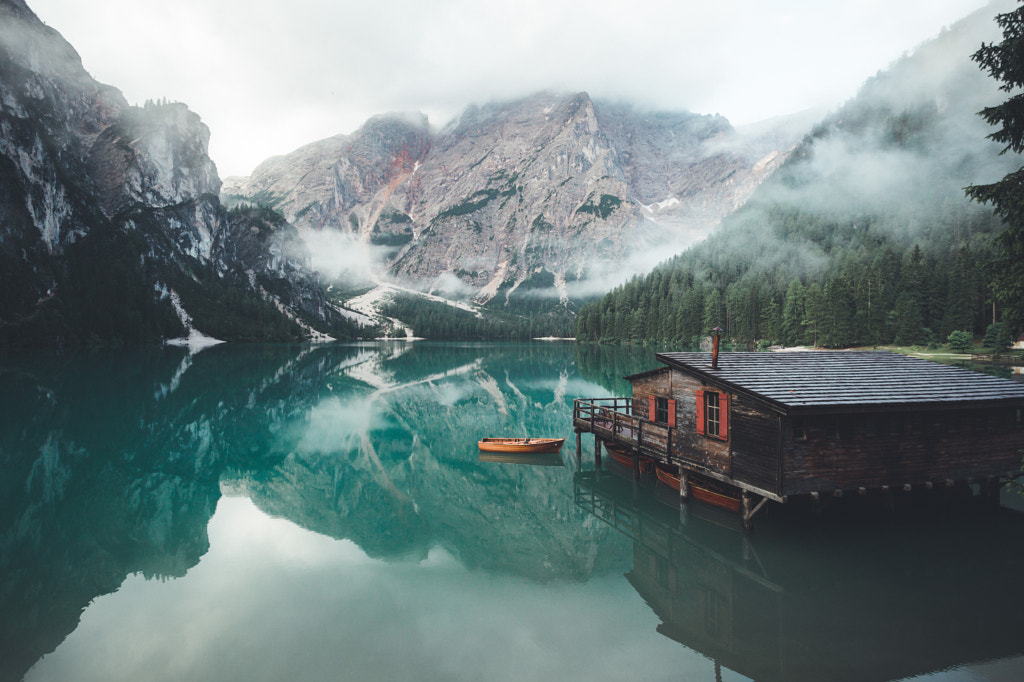
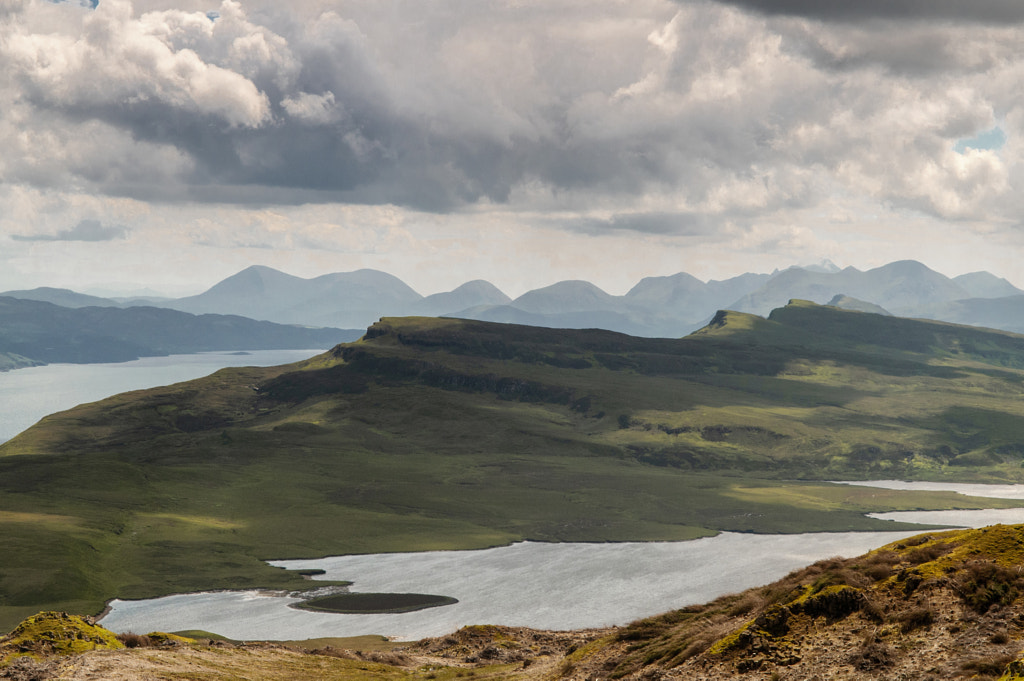
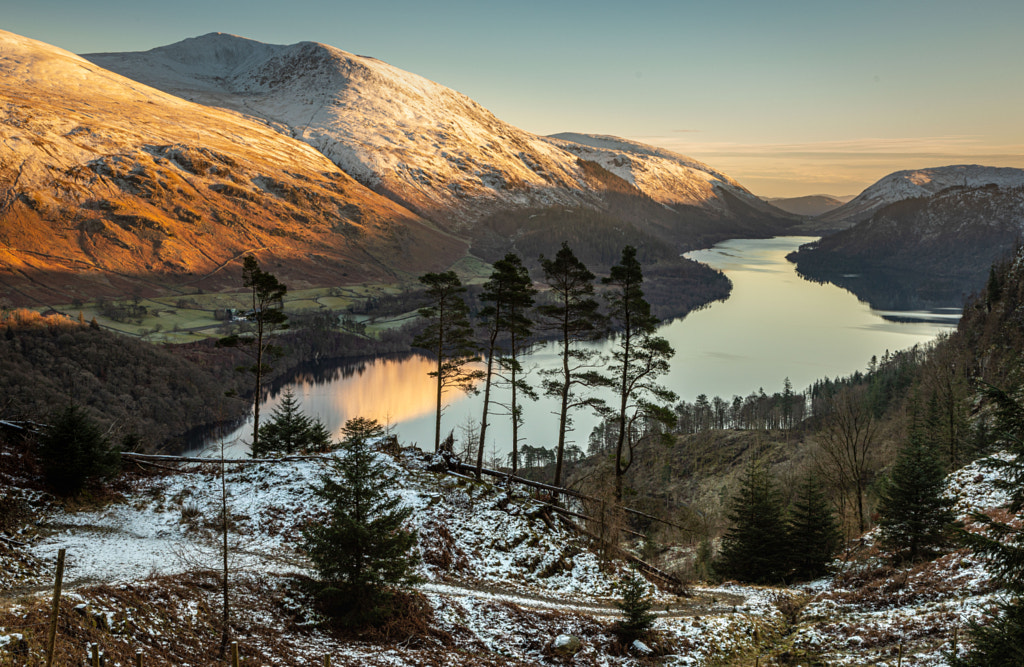
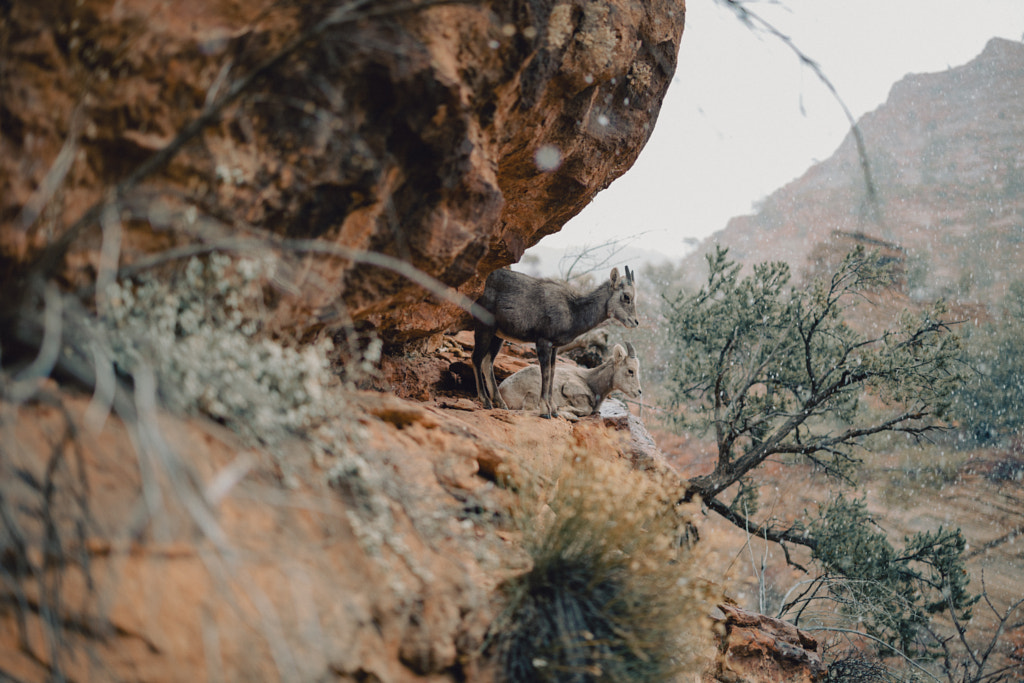
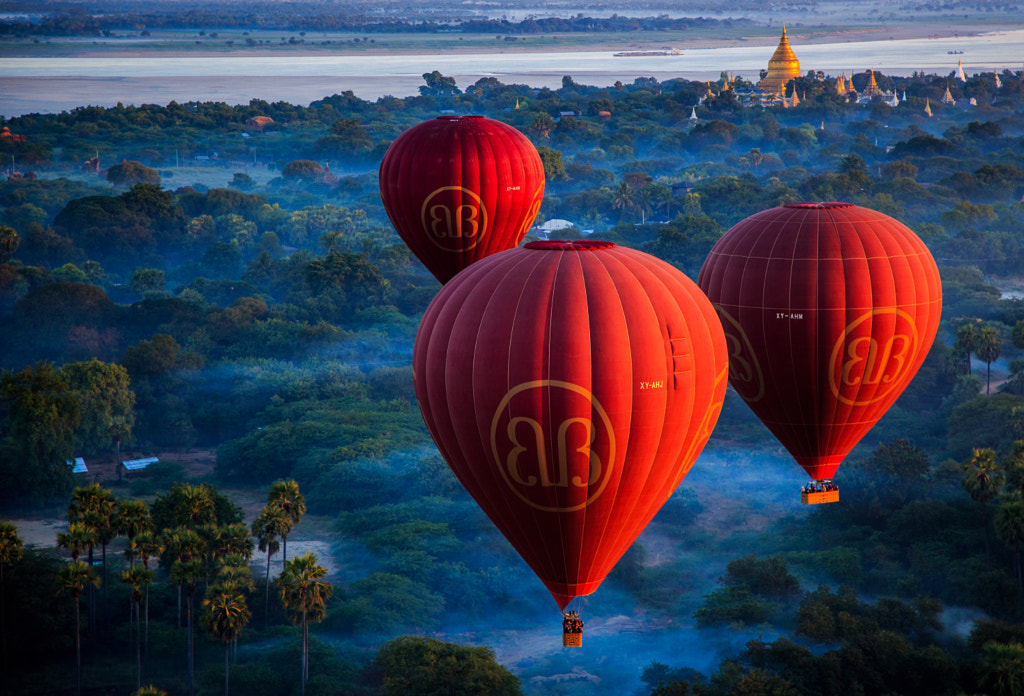
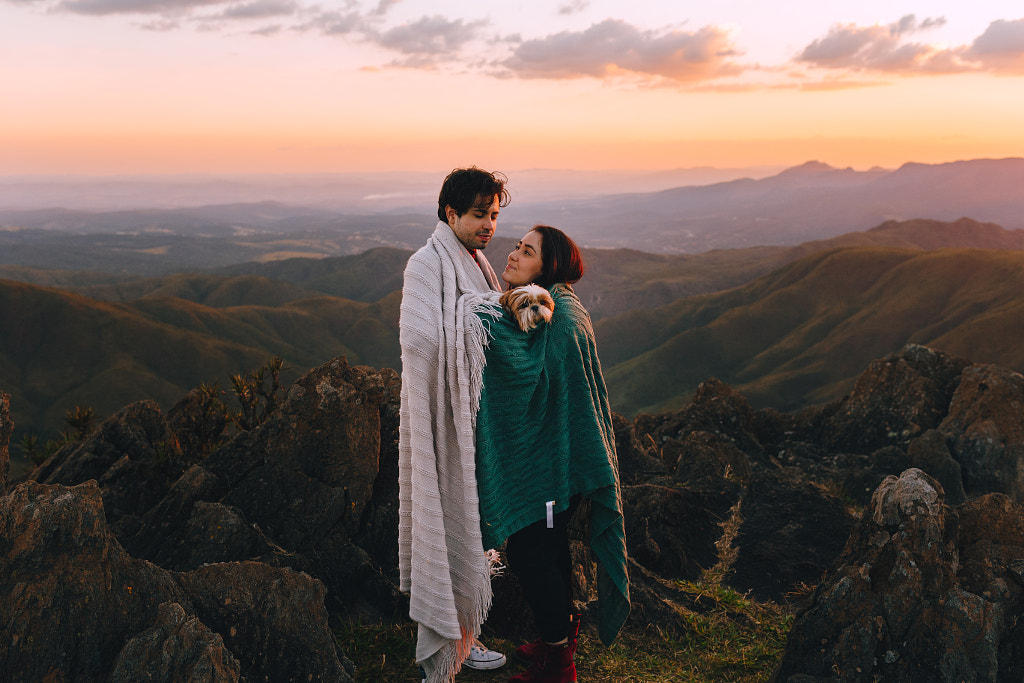
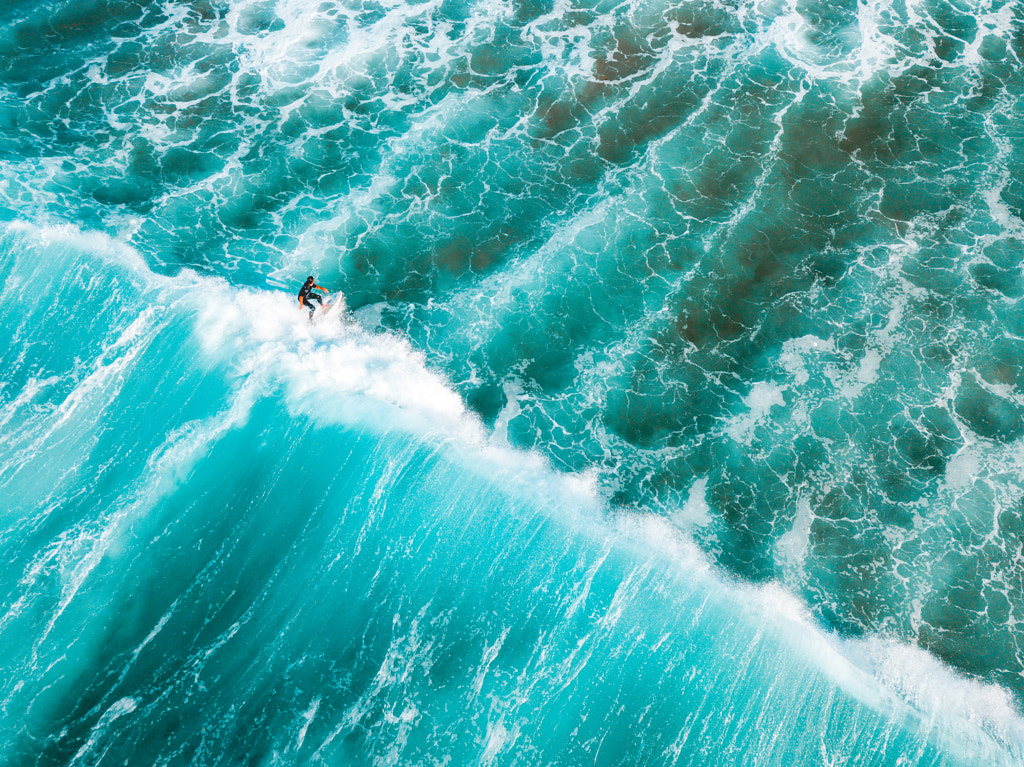
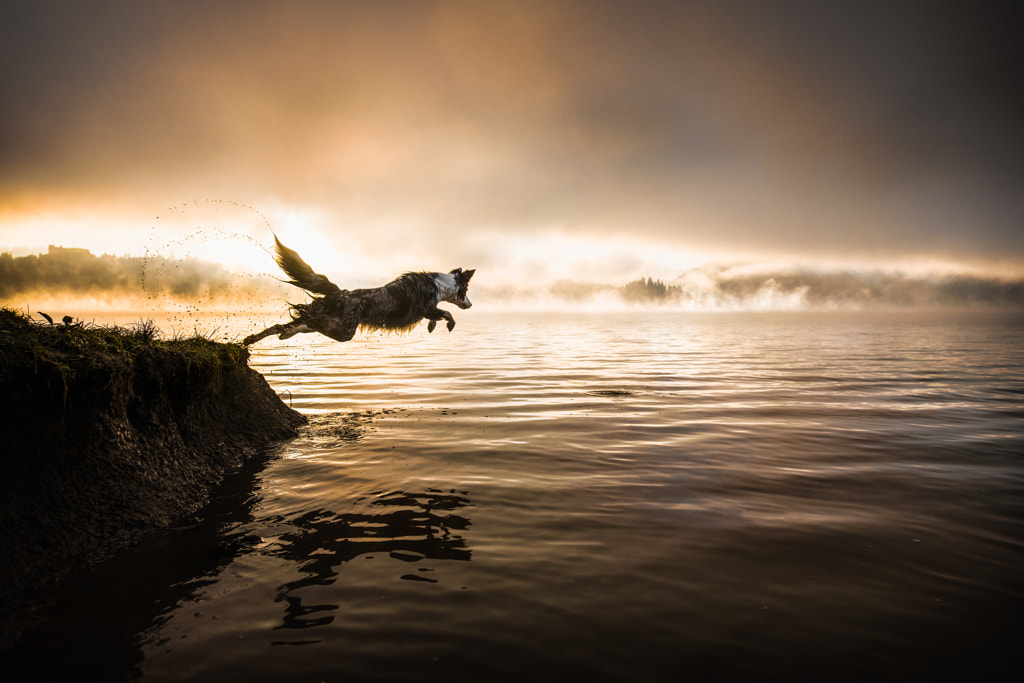
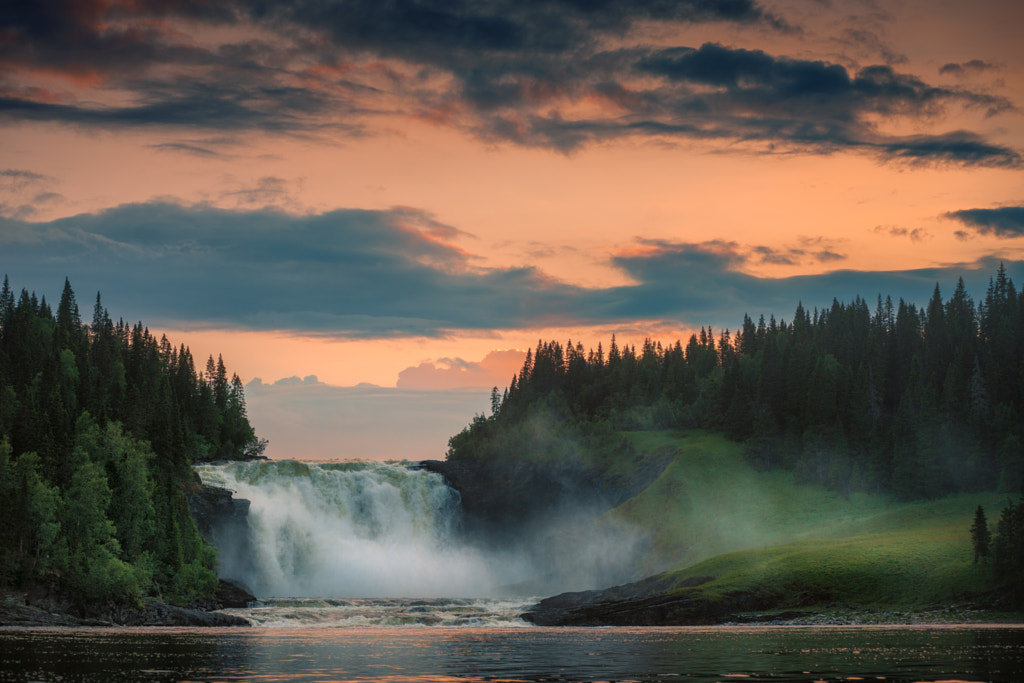
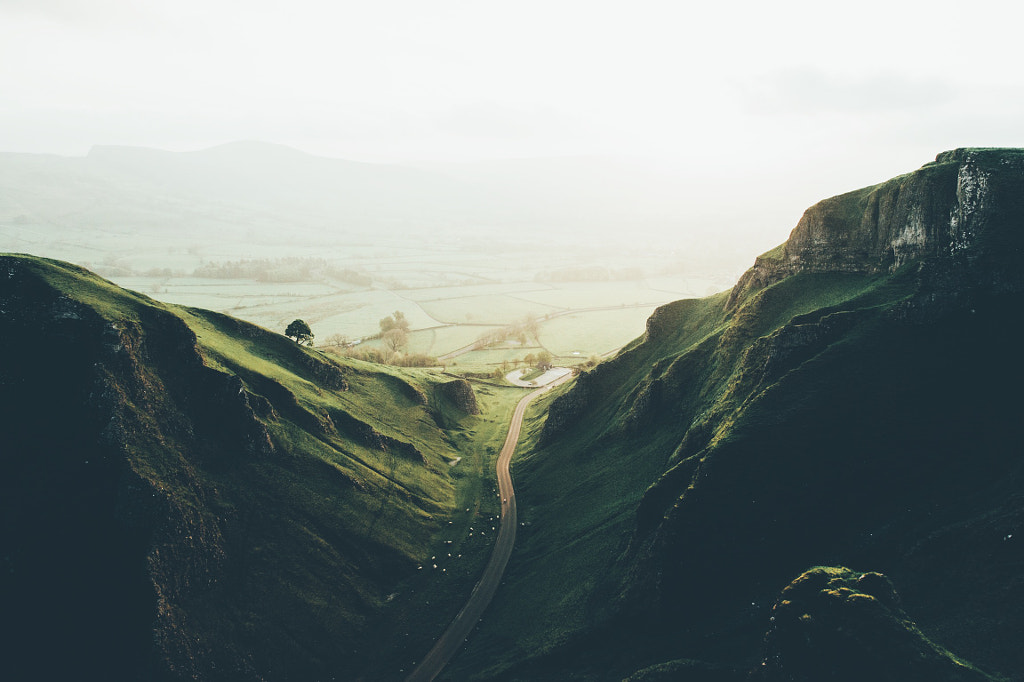
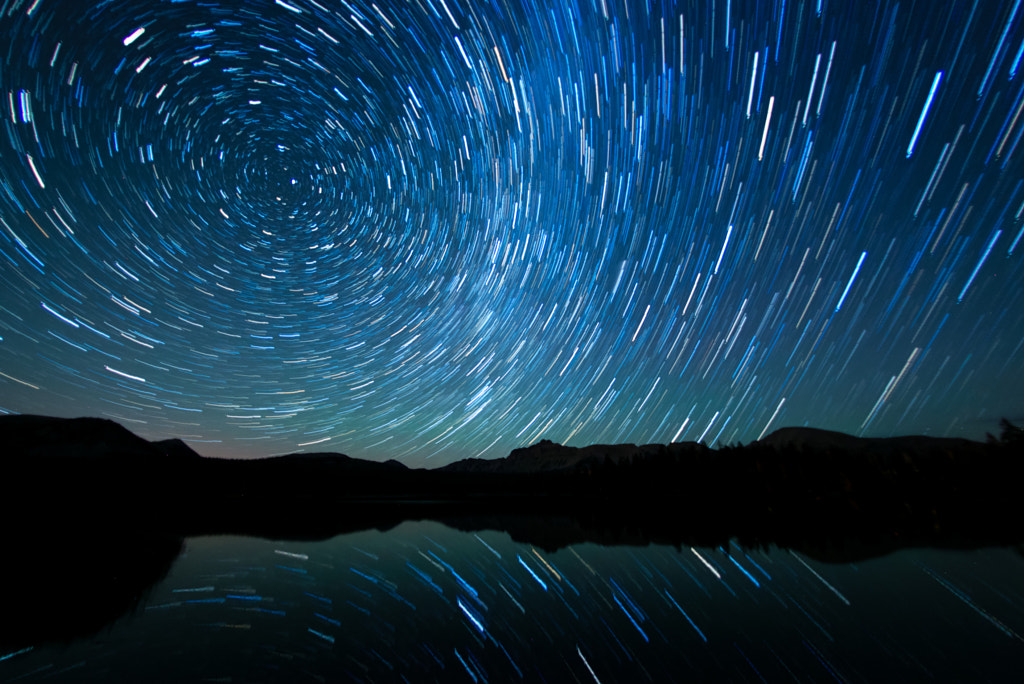
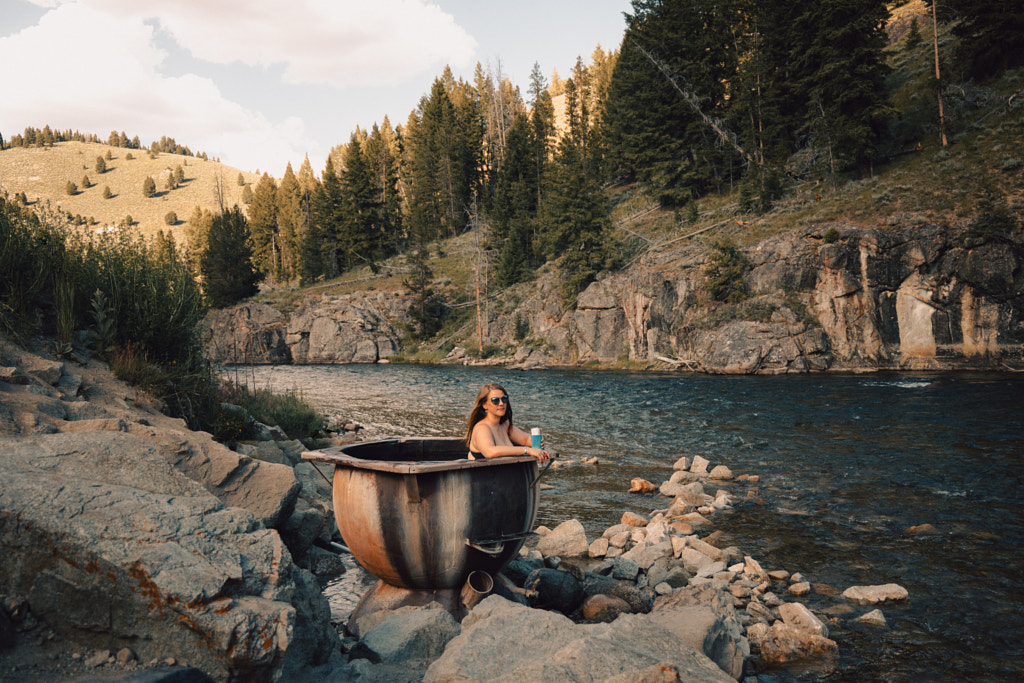
No comments:
Post a Comment